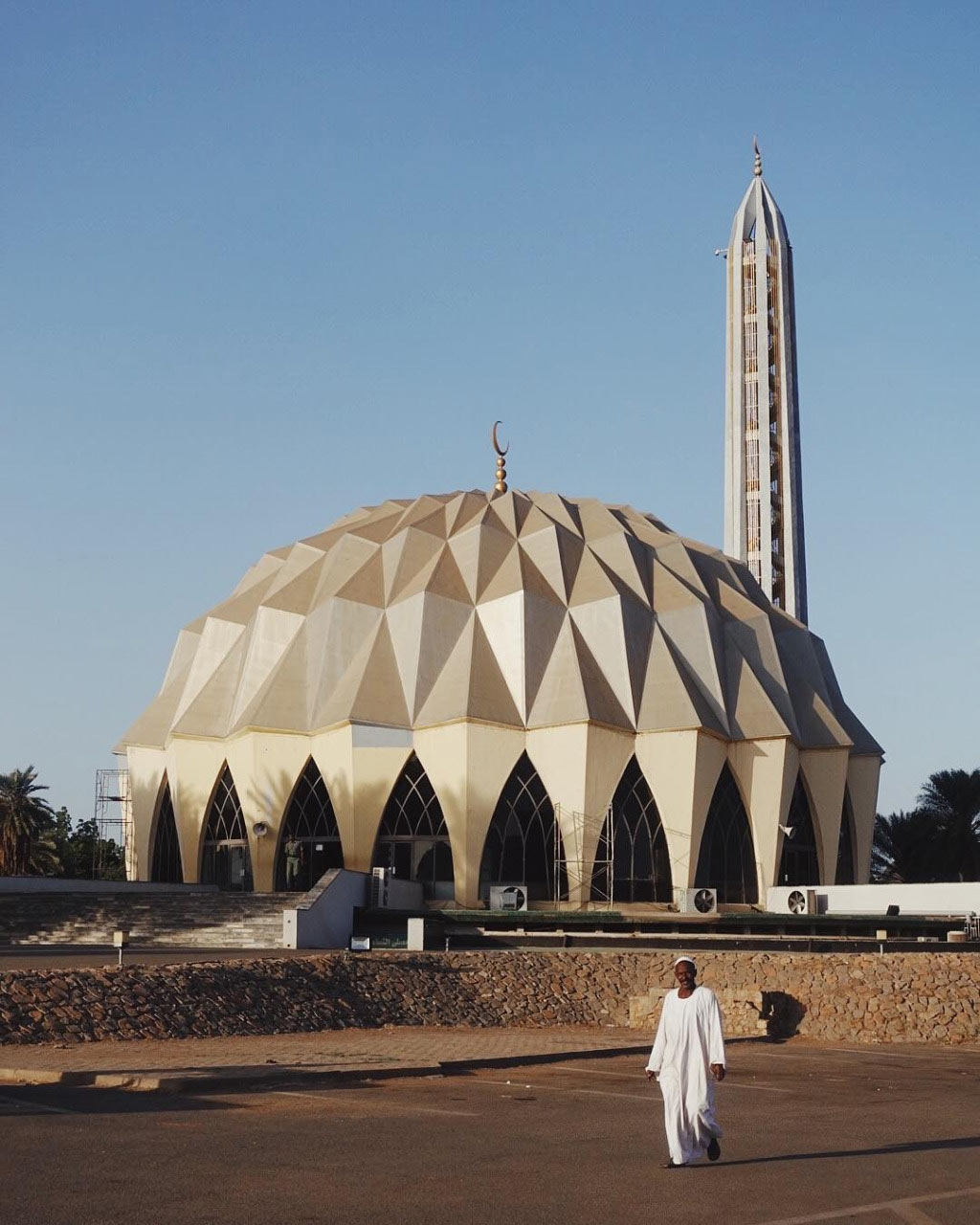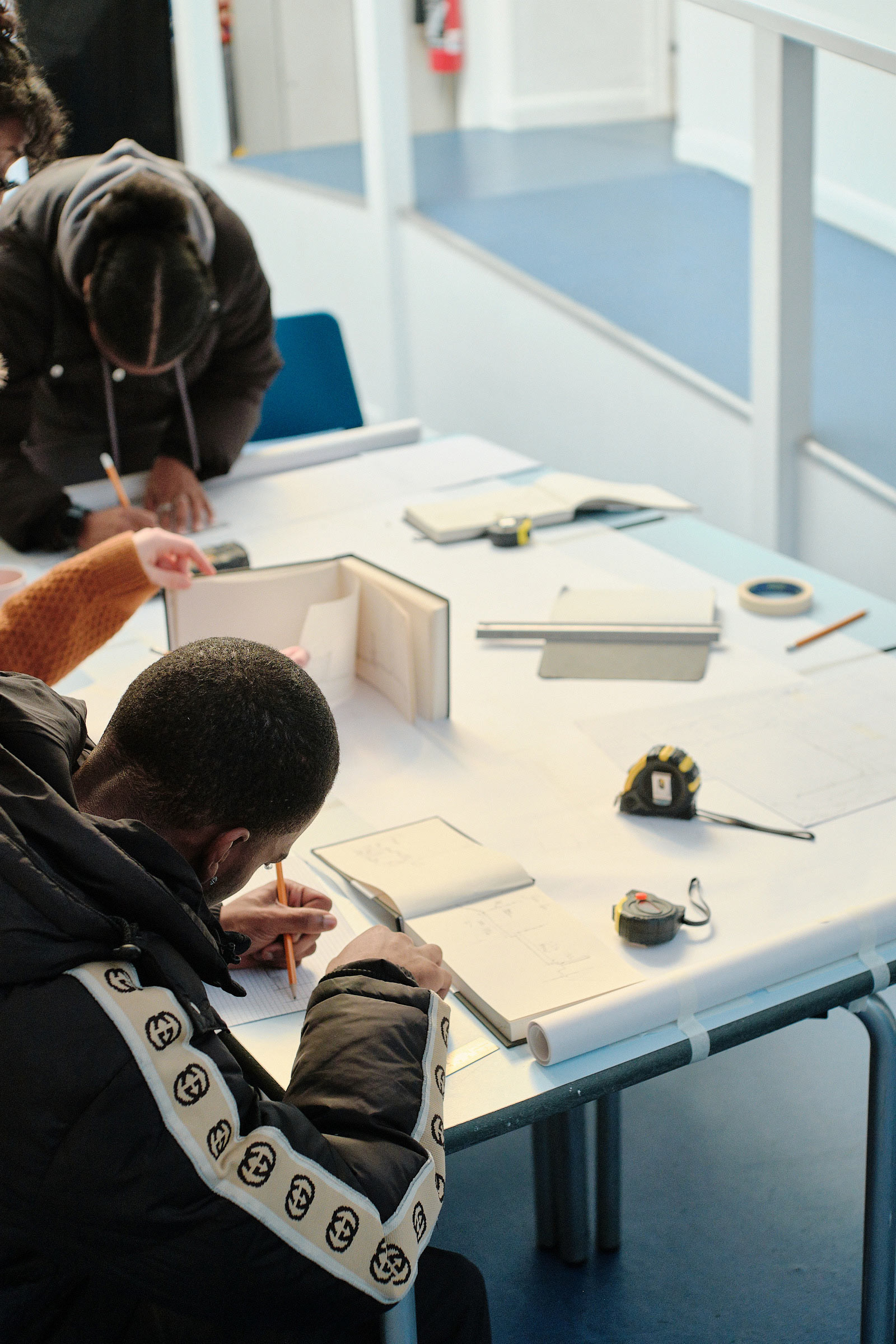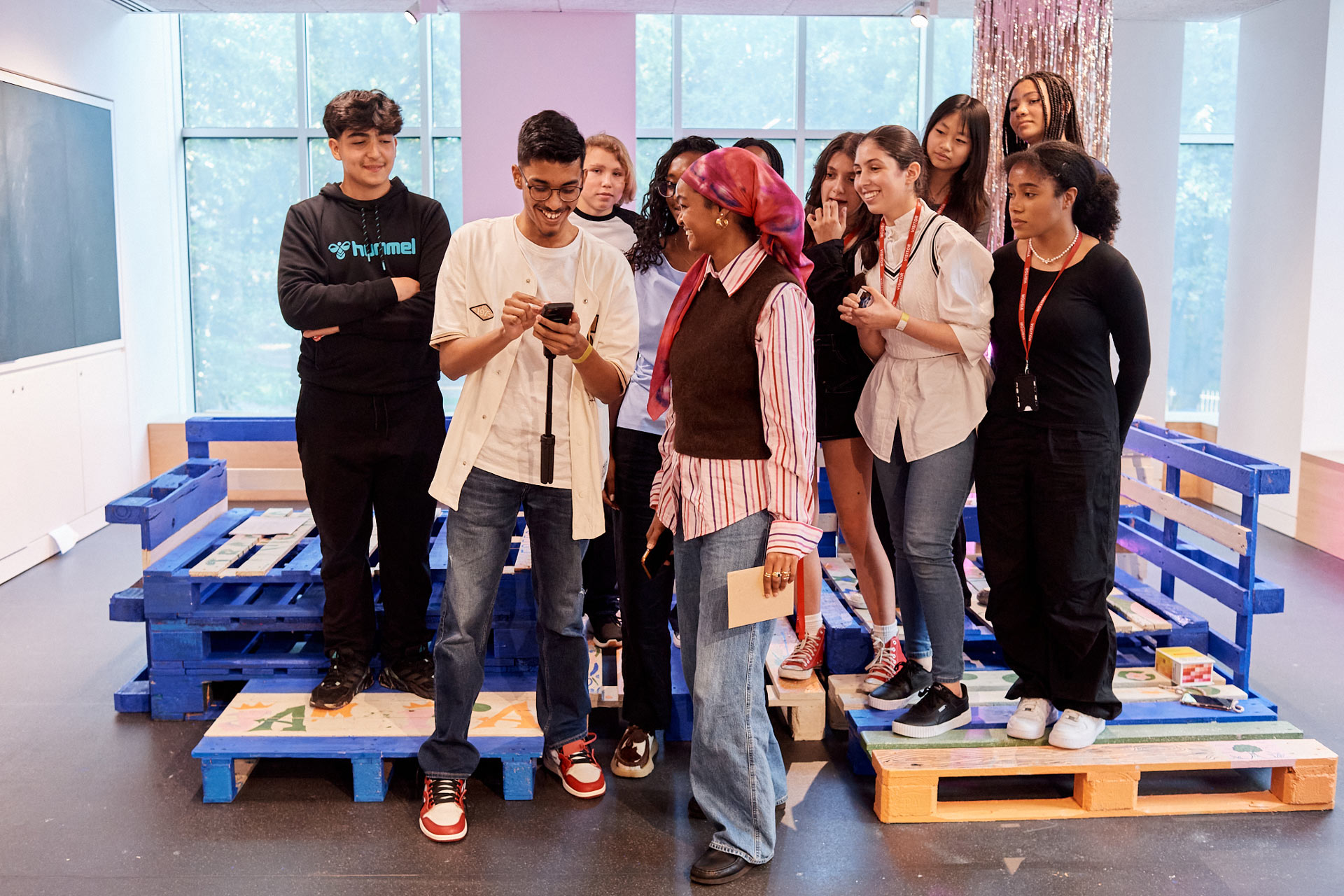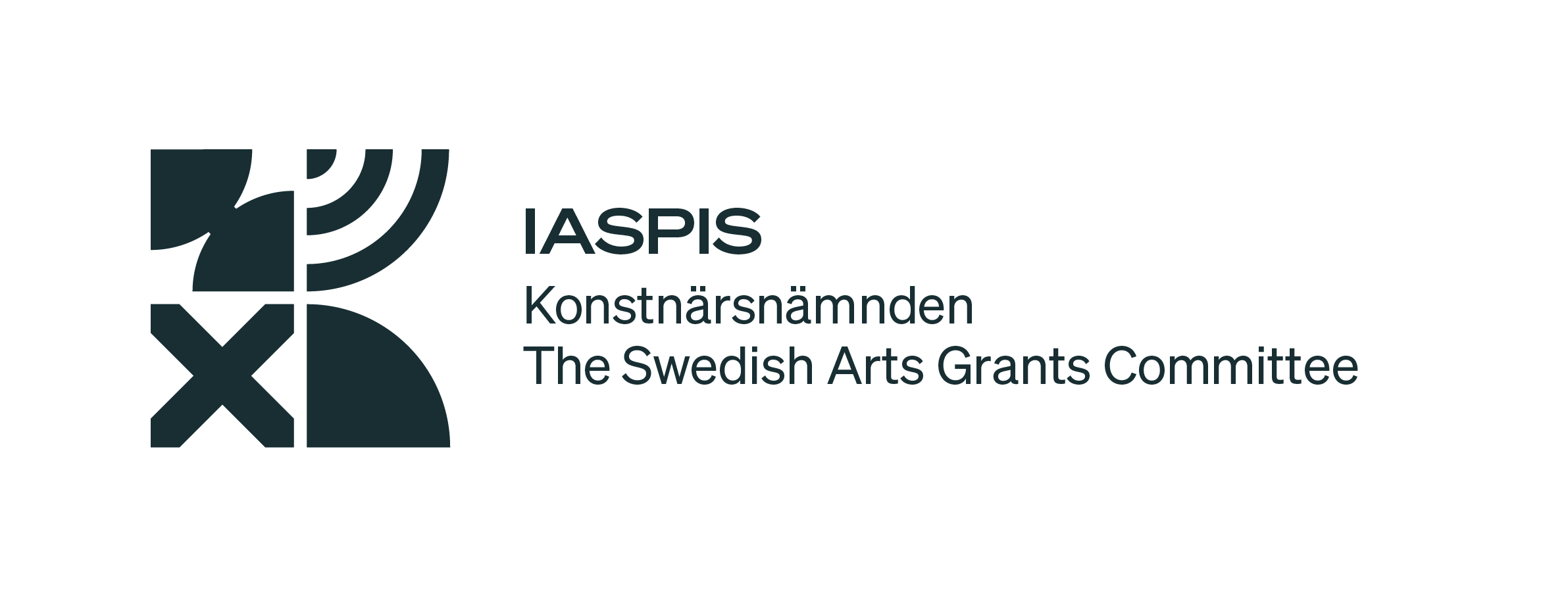Who has a seat at the table to speculate the alternative?
Space Black
CATEGORY
“We are interested in the under-represented and under-resourced ideas that have been neglected due to the profession’s lack of diversity. We look to explore these beyond the dimension of traditional practice, and instead amongst communities, young people and designers outside the built environment. We’re driven by a vision for a future in the built environment that steps up to its social and ecological responsibility. The product is a profession that is just, radical and at the forefront of physical and cultural change.”
In the 60s and 70s the ‘grand’ masculine eurocentric visions dreamt up by the modernists were being challenged by an uprising of non-traditional collectives. A revolutionary spirit of resistance found groups experimenting with furniture design, music, installations and visual art. These methods were used to critique the architecture of the era and its position in a socio-political landscape of war, austerity and inequality.
During this time, a post-independence renaissance was unfolding in Khartoum Sudan. In the 60’s and 70’s, the rise of several modernist movements radically transformed the artistic scene, resulting in a flurry of dynamic creative and experimental outputs in literature, music, theatre, visual arts and architecture. Masjid at Nileen, (The 2 Niles mosque) is a landmark example of the era. The impressive and futuristic design of the mosque was a thesis project by Gamer Eldawla Eltahir, a student at the University of Khartoum.

Masjid at Nileen (The 2 Niles mosque) Omdurman, Sudan. The mosque sits on the western banks of the Nile river, just opposite to the confluence of the two Niles. Image by @facehunter, courtesy of Space Black
As history repeats itself, the socio-economic climate gripping western europe has found a new generation of alternative practitioners disillusioned and enraged. Injustices are now more visible than ever in the age of social media and an interconnected world. Exploitation, misrepresentation and the danger of conventional practices have become easier to diagnose within our own lives, but with an understanding that it is a by-product of a dysfunctional global system- rooted in capitalism, white supremacy and ecological destruction.
Founded in 2021, Space Black is a London based design studio exploring underrepresented and under-resourced ideas in the built environment due to the lack of diversity within the profession.
The studio does not necessarily embody a new type of practice. We are simply young adults of the diaspora who are a part of this next cycle. Founded in 2021, the studio is an evolving critique of the profession. The model is an ongoing response to our lived experience combined with time spent in traditional practice. The pedagogical aspects of our work are rooted in three key areas:
Concept Design & Research
Conducting theoretical research and speculative designs to imagine a radical, just and positive spatial future for historically marginalised communities.
Speculative design and the unbuilt stemming from research have, time and time again, been seen to define our futures. Theory leads to practise and creates cultures. As cracks deepen in modernism’s failure to communities and our climate, we have to rethink who has a seat at the table to speculate the alternative. We must critique the data being referenced, and challenge the models being used to do so.
Despite the importance of the 60’s and 70’s in shaping Sudan’s contemporary landscape, references to the crucial era are scarce. Whatsmore, the relationship between Sudanese creatives and institutions developed off the back of postcolonial dynamics with the UK is generally unaddressed.
Academia and it’s theories that permeate into the industry lack these references in their own stories, and those of the region.
Space Black looks at opportunities to explore these underrepresented and under resourced ideas, to imagine alternative spatial futures. Community led design, small spatial interventions and desktop research help us develop a library of possibility beyond the eurocentric gaze.
By giving an overview of the history of architectural education, Cogenerating Spaces of Learning shows that there is a general need at architecture schools for working more consciously with pedagogy. There is, to put it bluntly, a need for understanding design processes as learning processes. Based on this perspective, the thesis points to the need for safe spaces for conversations as well as the need for experiments on forms of learning that allow for the experiential. Because by arranging such spaces and experiments, architecture schools may support lasting changes of pedagogical and professional habits.

Red Path is a project in collaboration with youth led construction charity Build Up and community group Hackney Quest. The design process is being undertaken with a unique co-design model developed in collaboration with Build Up. Local young people are employed and paid and trained to be members of the design team, working alongside expert consultants to develop a proposal for the site. Image by @the1harris, courtesy of Space Black
Curating and delivering outreach programmes that increase access into the design industry, and its non traditional pathways for those from historically underrepresented backgrounds
The current economic climate is creating even larger gaps in class, reducing access to higher education and the resources required to flourish in those spaces. Budget cuts to creative curriculums due to austerity are reducing access to creative careers for those from lower socio-economic backgrounds, intrinsically linked to race. This is evident in the profession’s lack of diversity, in both academia and industry.
The private sector, and cultural institutions are beginning to fill the gap by presenting an opportunity to radically reimagine how the profession is taught. The autonomy that sometimes comes with this, allows us to experiment outside the customs and traditions of academia to foster confident, interdisciplinary and imaginative young designers.
We work with learning teams within cultural institutions, to curate and deliver education programmes. Our curriculums look to deliver fundamental design training, in parallel to critical thinking, and the exploration of unaddressed ideas due to heteronormativity, ableism and white supremacy. Alternative practitioners entering the built environment industry through unconventional routes, be it via non-spatial degrees or skipping traditional academia entirely are invited.

The AYC 2023 was a 6 week programme at The Design Museum curated by Space Black. The curriculum introduced 14-16 year olds to design theory and practice- from sketching to computational modelling, and guest lectures from alternative practitioners. The cohort used these skills to design and build their own installation exploring the theme of home. Image by @JustineTrickett, courtesy of Space Black
Engaging with culture and community to deliver events that demystify the discourse around design.
The alternative collectives of the 60s and 70s looked at mediums beyond the profession to communicate manifestos of resistance. Parallel to academia we each developed our own individual practice that sat outside the built environment. Both visual art and music are tools of both critique and speculation. They allow us to build visual or sonic realities in response to the shortfalls of our own.
Currently the discourse about the design of our cities is still often gate kept behind academic language and technical drawings that don’t engage with the communities it is directly affecting.
Culture is a means of universal communication. It can transcend the boundaries of language and convention. Opportunities for communities to comment on their cities and spaces through cultural practices can democratise discussion around design and become a tool that constructively critiques the design of our environments. Collaborations with community radio stations, and cultural studios also create opportunities to prototype ideas and small spatial interventions that challenge their experiences in existing spaces.

Sense of Home London (left) and Accra (right).The sense of ‘home’ is deeply ingrained in humans, rooted in a deep need for a sense of identity and belonging. The consequences of colonialism, the impact of technological evolution and centuries of migration has resulted in ‘home’ becoming a deeply multidimensional concept for Africans and the diaspora. In partnership with Oroko Radio the exhibition was a showcase of how African designers, artists, chefs and musicians based in each city are creating their ‘Sense of home’ in each respective city. Image by @minaidris (left), @blackimagegh (right), courtesy of Space Black
Space Black sits in the midst of a corporate mutiny. Collective frustrations of the professions’ failures make the lifelong dedication to traditional practice more difficult to justify. Not only do we dream of alternative futures for our communities, but for ourselves and our collaborators too.
We’re also aware that like those before us, our time will eventually pass. A new generation will build new resistive practices with new tools and new models. We want our ideas and the fight we relentlessly fought to be well documented, particularly as war threatens the cultural archive of Sudanese contribution to arts, culture and science. We wish for our work to serve as an example of how bravery, intuition and collective imagination can lead to a life of joy, dignity and add to the ongoing fight for liberation within our profession.
This text has been commissioned and written uniquely for Urgent Pedagogies.
Architectural Designer, Visual Artist and Educator Rayan Elnayal alongside Civil Engineer and DJ Heba Tabidi are the British Sudanese founders of Space Black. The studio is a response to the structures and institutions that govern the built environment profession in the UK. The two practitioners are building a model of alternative practice to resist the exploitation and misrepresentation within the industry in Western Europe. The studio explores underrepresented and under-resourced ideas in the built environment imagining alternative sustainable spatial futures that embrace their Sudanese identity, diasporic experience and technical training.
Space Black website: www.spaceblack.co.uk
